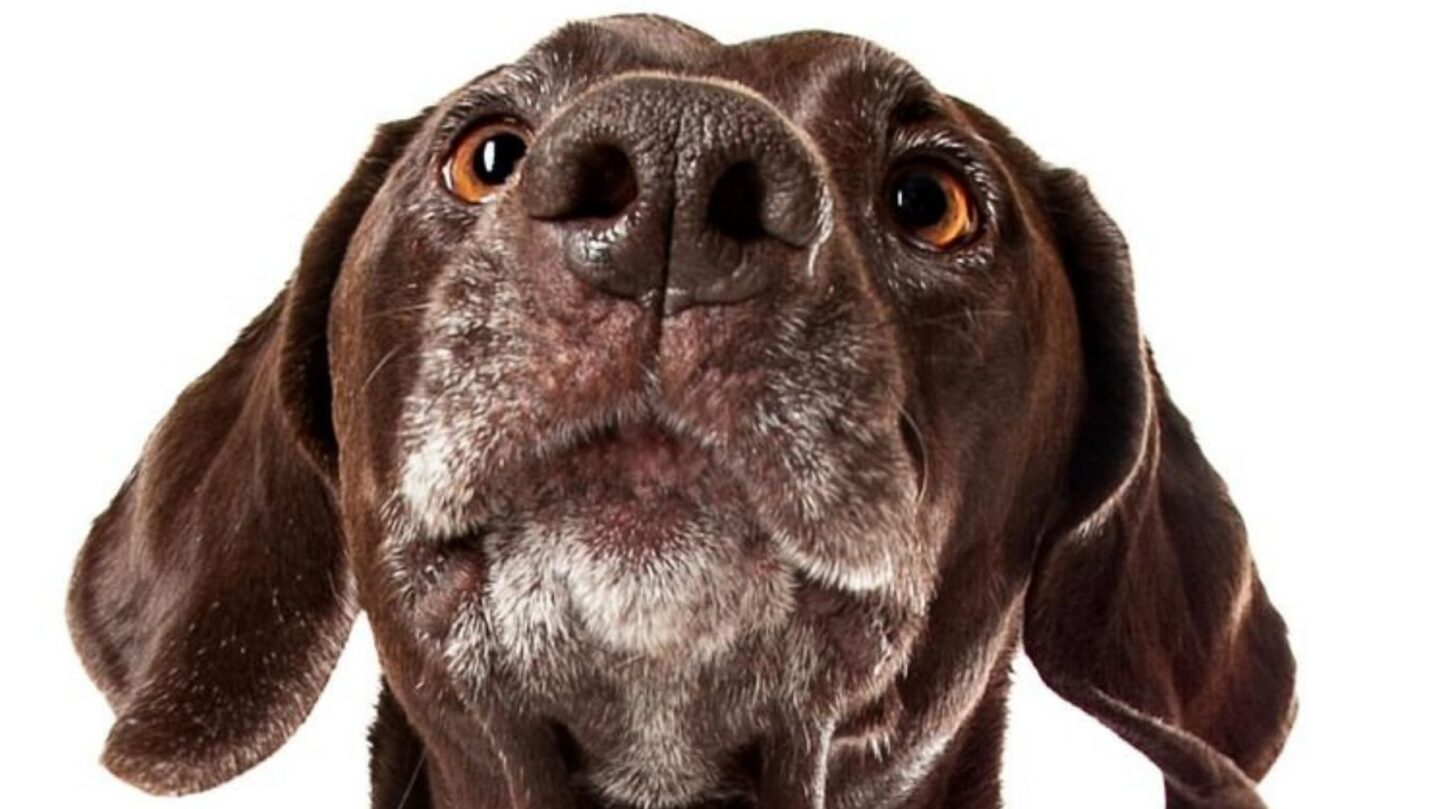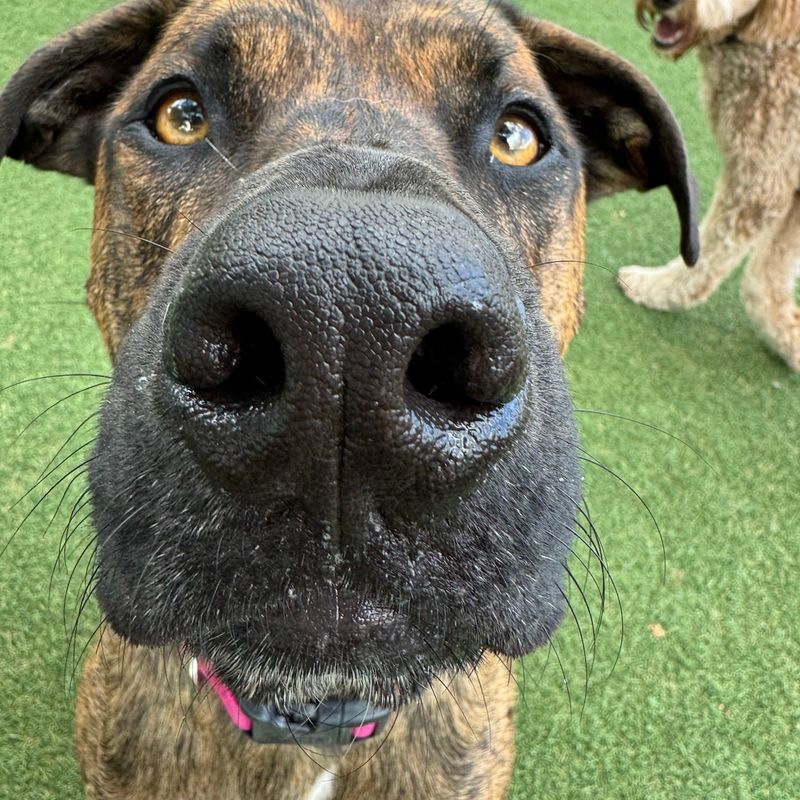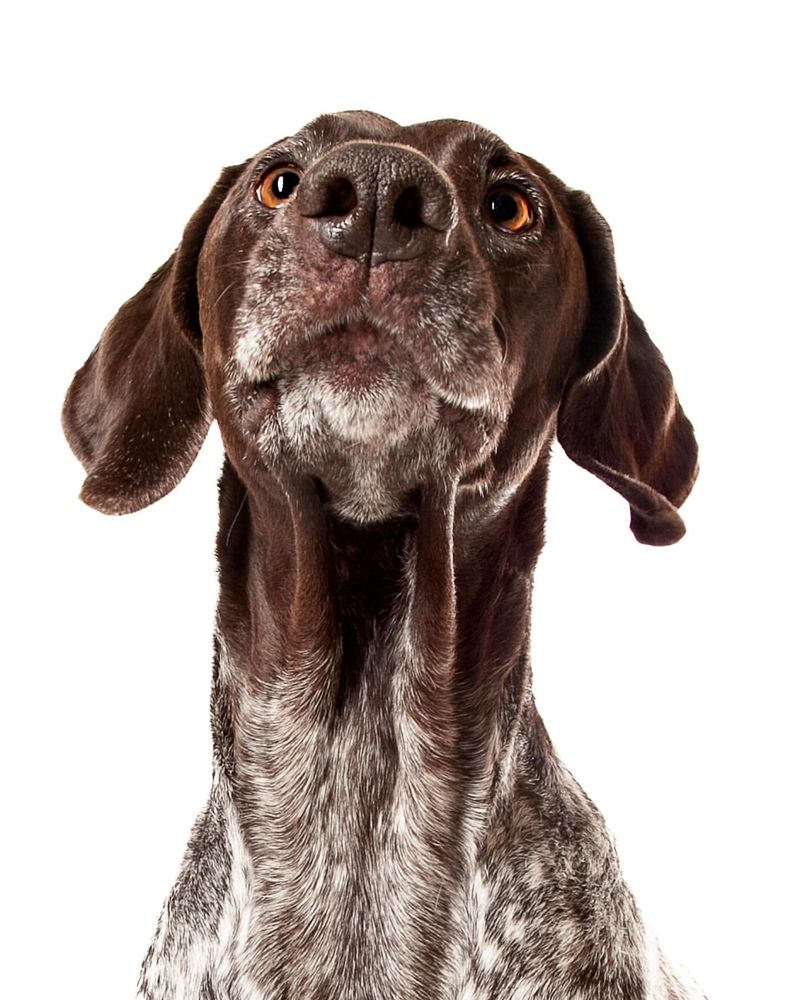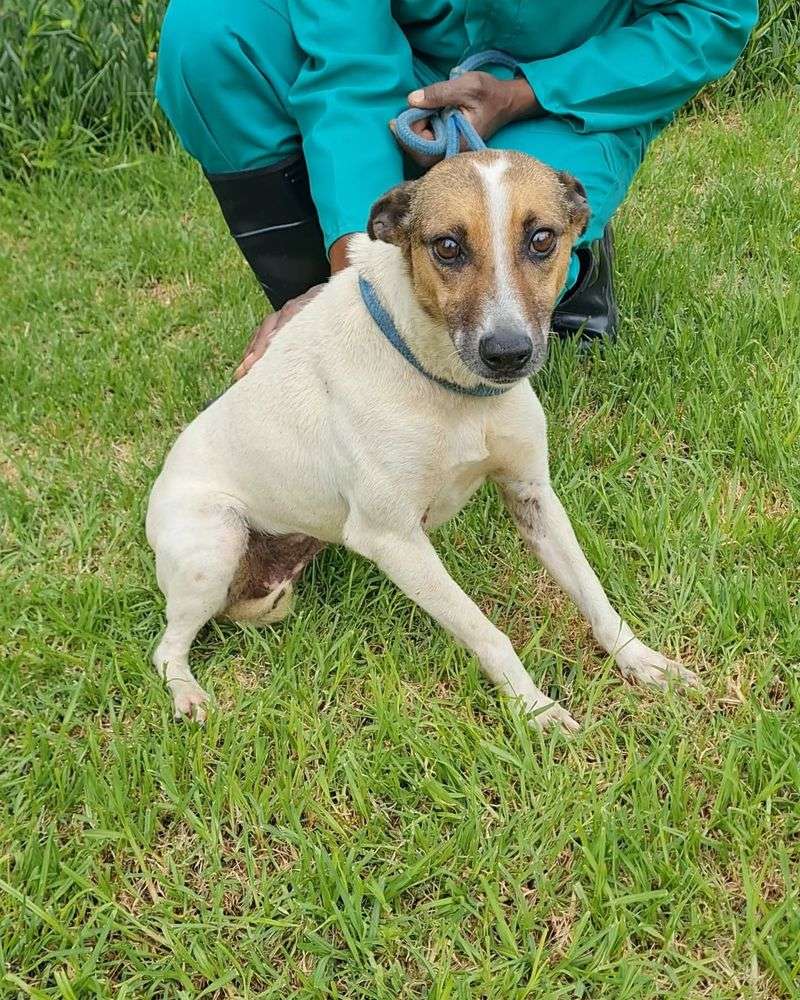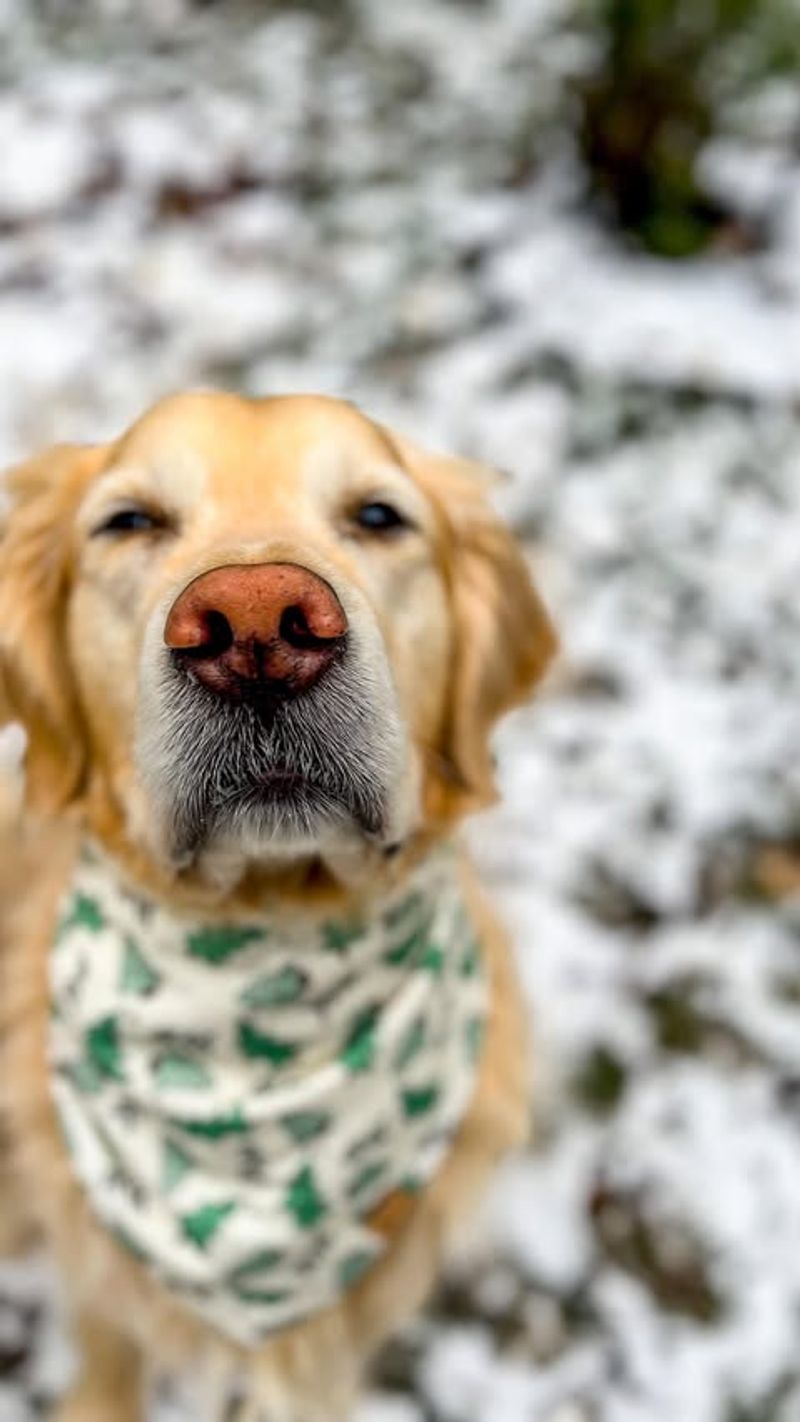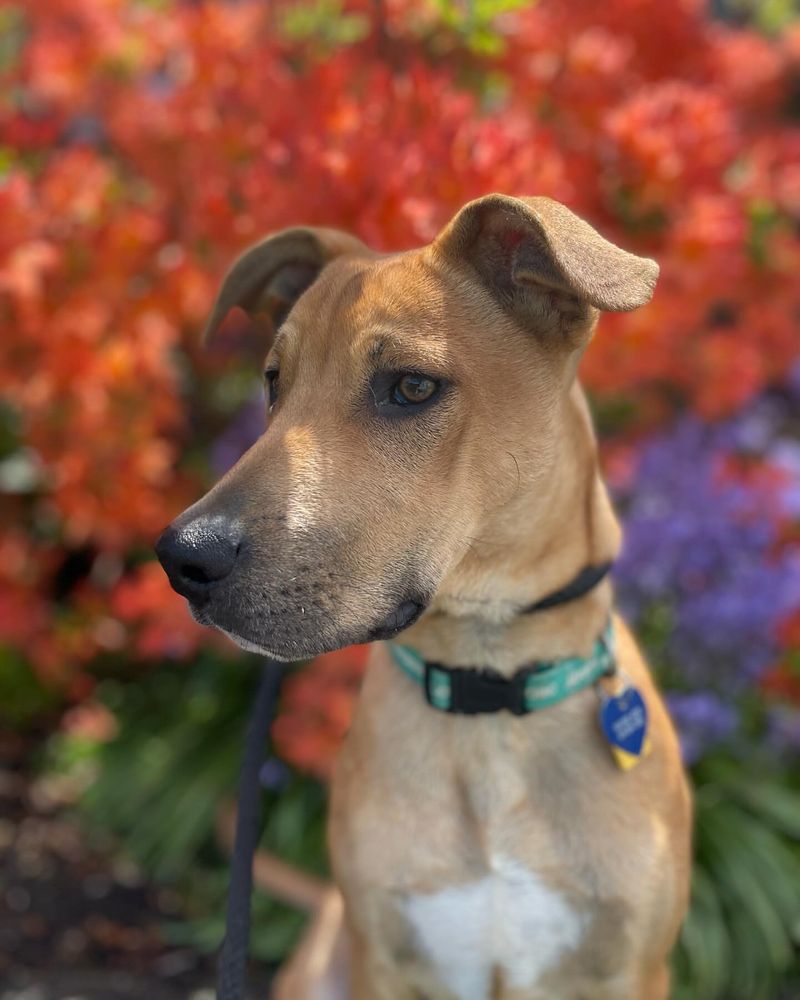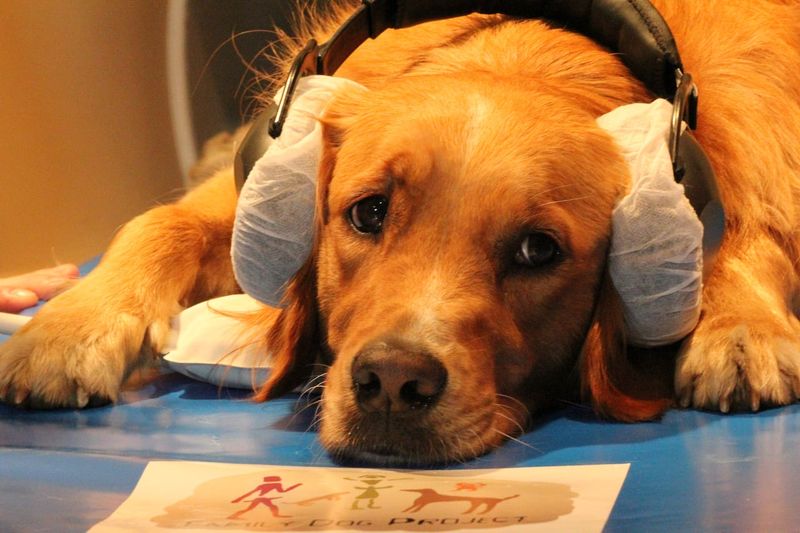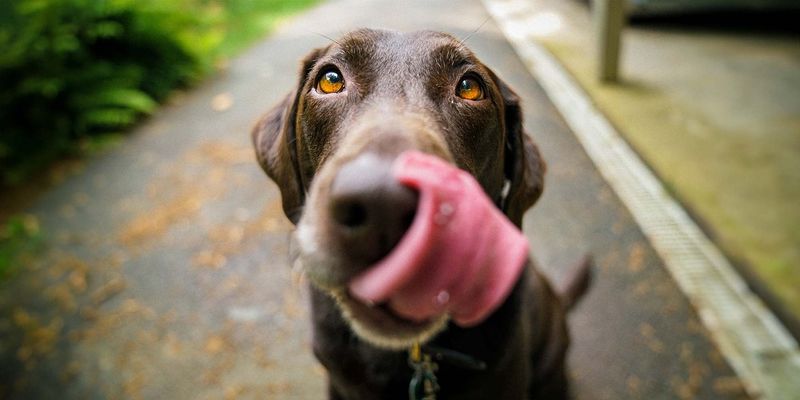Dogs often have wet noses, which might seem curious to many pet owners. This intriguing trait is not just a random occurrence but serves several vital purposes in a dog’s life. Understanding the reasons behind a dog’s wet nose can provide insights into their health, behavior, and well-being. Here, we explore 19 important reasons why dogs have wet noses.
Enhanced Sense of Smell
A dog’s wet nose significantly enhances its sense of smell. The moisture on the nose helps dissolve scent particles from the environment, allowing the dog to better detect and interpret various smells. This is crucial for hunting breeds, search and rescue dogs, and even pets at home who are constantly exploring their surroundings.
With a heightened sense of smell, dogs can detect dangers, locate food, and even identify the emotional state of their owners. A wet nose acts like a super sensor, making it an indispensable tool for dogs in their everyday lives.
Thermoregulation
Dogs use their wet noses to help regulate their body temperature. Because they lack sweat glands, dogs rely on panting and their noses to keep cool. The evaporation of moisture from their noses aids in cooling them down.
This natural air conditioning system is particularly beneficial in hot weather or after physical activity. Keeping the nose moist ensures that dogs remain comfortable and safe from overheating. Therefore, a dog’s wet nose is not only a sensory tool but a vital cooling mechanism.
Communication Tool
A dog’s nose also plays a key role in communication. When dogs meet, they often sniff each other’s noses to gather information. The moisture helps them pick up pheromones and scent markers that reveal details about the other dog’s identity, mood, and health.
This mutual sniffing is like a handshake, enabling dogs to establish social bonds and understand their peers better. A wet nose facilitates this communication, making social interactions smoother and more effective in the canine world.
Health Indicator
A wet nose can be a sign of good health in dogs. Veterinarians often check a dog’s nose during health exams to assess its well-being. A moist nose typically indicates that a dog is well-hydrated and healthy.
However, the state of a dog’s nose can change throughout the day. While a dry nose is not automatically a cause for concern, prolonged dryness could signal dehydration or illness. Regularly monitoring your dog’s nose can offer valuable insights into their overall health status.
Humidity Detection
Dogs have the remarkable ability to detect humidity changes in the environment, thanks to their wet noses. The moisture on the nose captures water particles from the air, allowing dogs to sense shifts in humidity levels.
This ability can be particularly useful for dogs in predicting weather changes or finding water sources. By detecting subtle changes in the environment, dogs can adapt their behavior accordingly. A wet nose, therefore, is not just a passive trait but an active tool for environmental awareness.
Flavor Enhancement
A wet nose can enhance a dog’s tasting experience. Similar to how humans experience flavors more intensely with smell, dogs use their wet noses to amplify flavors. The moist surface helps capture scent molecules that influence taste.
This makes mealtime more enjoyable and engaging for dogs, encouraging them to savor their food. Whether it’s a treat or a regular meal, the interplay between a wet nose and a dog’s taste buds enriches their dietary experience, adding another layer of enjoyment.
Improved Tracking Abilities
Dogs with wet noses are excellent trackers. The moisture on their noses helps them detect faint scent trails left by animals or people. This ability is especially useful for working dogs, like bloodhounds, who assist in search and rescue missions.
By picking up minute scent particles, dogs can follow trails over long distances and through complex terrains. Their wet noses act as a guide, leading them to their target with incredible accuracy. This makes them invaluable partners in tracking and rescue operations.
Hydration Maintenance
Keeping a dog’s nose wet helps maintain hydration levels. Although dogs primarily hydrate through drinking, the moisture on their noses can also play a minor role in maintaining overall hydration.
A wet nose can absorb moisture from the air or water, contributing to a dog’s comfort and hydration. While it’s not a primary hydration method, it supports a dog’s ability to stay cool and refreshed. Ensuring a dog’s nose remains moist can aid in keeping them happy and healthy, especially in dry environments.
Exploratory Behavior
Dogs use their wet noses during exploration. As natural explorers, dogs rely on their noses to investigate new environments. The wet surface helps them pick up a myriad of scents that inform them about their surroundings.
This exploratory behavior is vital for curious puppies as they discover the world around them. By sniffing everything in sight, they learn about other animals, plants, and potential threats. A wet nose enhances this exploratory behavior, making it a key feature for adventurous canines.
Infection Prevention
A wet nose can help prevent infections. The moisture on a dog’s nose acts as a barrier, trapping dust and pathogens before they enter the respiratory system.
This protective function reduces the risk of infections, keeping dogs healthier. If a dog’s nose becomes excessively dry, it may crack and become vulnerable to bacteria and viruses. Maintaining a moist nose is essential for shielding dogs from environmental pathogens, highlighting its role in safeguarding their health.
Cognitive Stimulation
A wet nose contributes to cognitive stimulation in dogs. Engaging their olfactory senses keeps their brains active and sharp. Scent-based games and puzzles utilize their wet noses to challenge them mentally.
This type of enrichment is beneficial for intelligent breeds, such as border collies, who thrive on mental challenges. By using their wet noses to solve scent puzzles, dogs can enhance their problem-solving skills. This not only provides entertainment but also supports a healthy and active mind.
Social Bonding
Wet noses play a role in social bonding among dogs. When dogs meet, they greet each other by sniffing noses, a process that helps them gather information about their peers.
This behavior establishes trust and encourages social interaction, strengthening bonds within a pack or community. A wet nose amplifies this process by enhancing scent detection. As dogs learn about each other’s identities and moods, they form deeper connections. Hence, a wet nose is a catalyst for fostering social bonds in the canine world.
Airborne Scent Detection
Dogs with wet noses excel at detecting airborne scents. The moisture helps them capture scent particles carried by the wind, which can be crucial for search and rescue operations.
This ability enables dogs to locate missing persons or detect substances from a distance. A wet nose enhances their proficiency in identifying and following scent trails, making them formidable partners in detection work. By capturing even the faintest of scents, dogs can effectively contribute to important missions and tasks.
Natural Curiosity
A dog’s natural curiosity is fueled by its wet nose. The nose acts as a tool for discovering new smells and experiences, driving their desire to explore.
This curiosity is fundamental to understanding their environment and learning new things. A wet nose enables dogs to pick up on subtle scent cues, enhancing their ability to investigate and understand the world around them. By nurturing their inquisitive nature, a wet nose plays a vital role in a dog’s continuous learning and adaptation.
Improved Night Vision
A dog’s wet nose can indirectly improve night vision. The enhanced sense of smell provided by a moist nose helps compensate for limited visibility in the dark.
Dogs rely on their olfactory senses to navigate unfamiliar or dimly lit environments. By detecting scents more effectively, they can move confidently and avoid obstacles. While not a replacement for sight, a wet nose bolsters a dog’s ability to operate in low-light conditions, providing an extra layer of environmental awareness.
Detection of Emotional States
Dogs can detect emotional states in humans, partly thanks to their wet noses. The nose captures subtle chemical changes in our bodies related to emotions.
This ability allows dogs to sense when we are stressed, sad, or happy and respond accordingly. A wet nose enhances their capacity to pick up on these cues, forging a deeper connection between dogs and their owners. By understanding our emotions, dogs can provide comfort and companionship, highlighting the emotional intelligence facilitated by a wet nose.
Adaptation to Environments
Dogs adapt to various environments with the help of their wet noses. The moisture retains scent particles effectively, even in challenging climates like snowy or arid regions.
This adaptability ensures that dogs can perform essential tasks regardless of weather conditions. A wet nose helps them remain alert and responsive to environmental changes, supporting their survival and efficiency in diverse settings. Whether in the Arctic or a desert, a wet nose is an essential adaptation tool for dogs.
Detection of Medical Conditions
Service dogs use their wet noses to detect medical conditions, such as seizures or low blood sugar, in their handlers. The moisture aids in capturing scent changes associated with these conditions.
By alerting their owners to potential medical issues, service dogs offer critical support and intervention. A wet nose enhances their ability to perform this life-saving work, making them invaluable companions for individuals with medical needs. This incredible capacity showcases the profound impact a dog’s nose can have on human lives.
Natural Sunscreen
A dog’s wet nose acts as a natural sunscreen. The moisture helps protect delicate skin from harmful UV rays, reducing the risk of sunburn.
This protection is particularly important for dogs with lighter skin or short fur, who are more susceptible to sun damage. By keeping their noses moist, dogs can enjoy outdoor activities with an added layer of protection. The wet nose is not only functional for sensory purposes but also serves as a crucial shield against environmental hazards.
